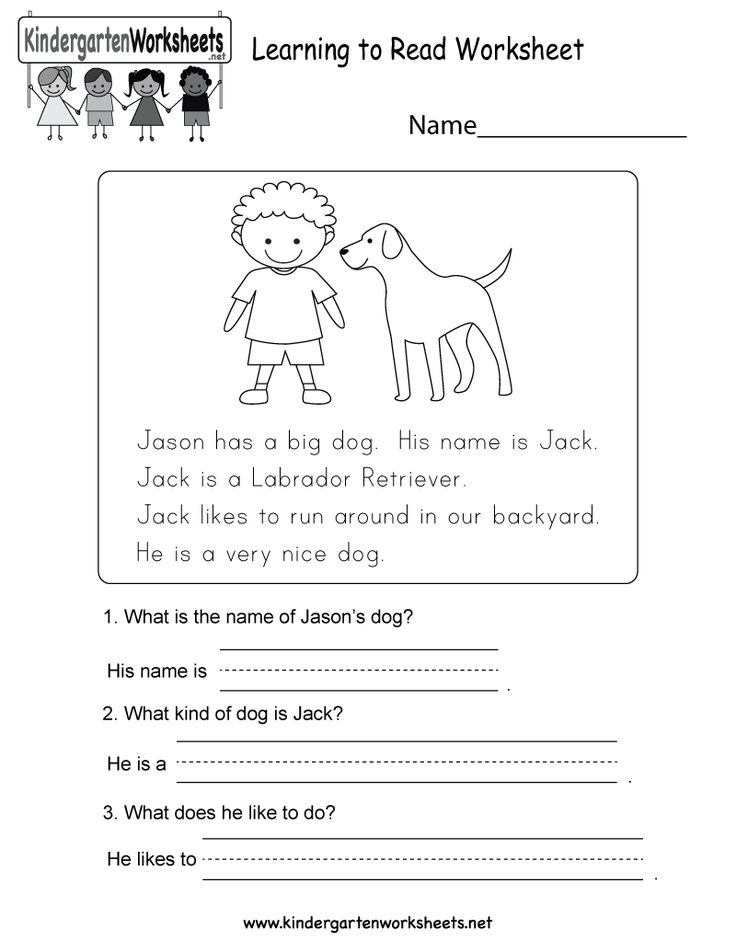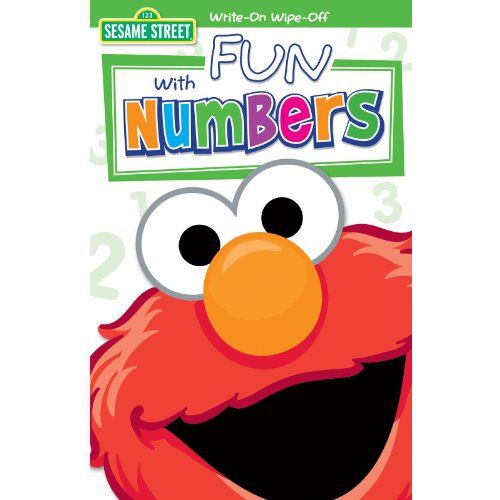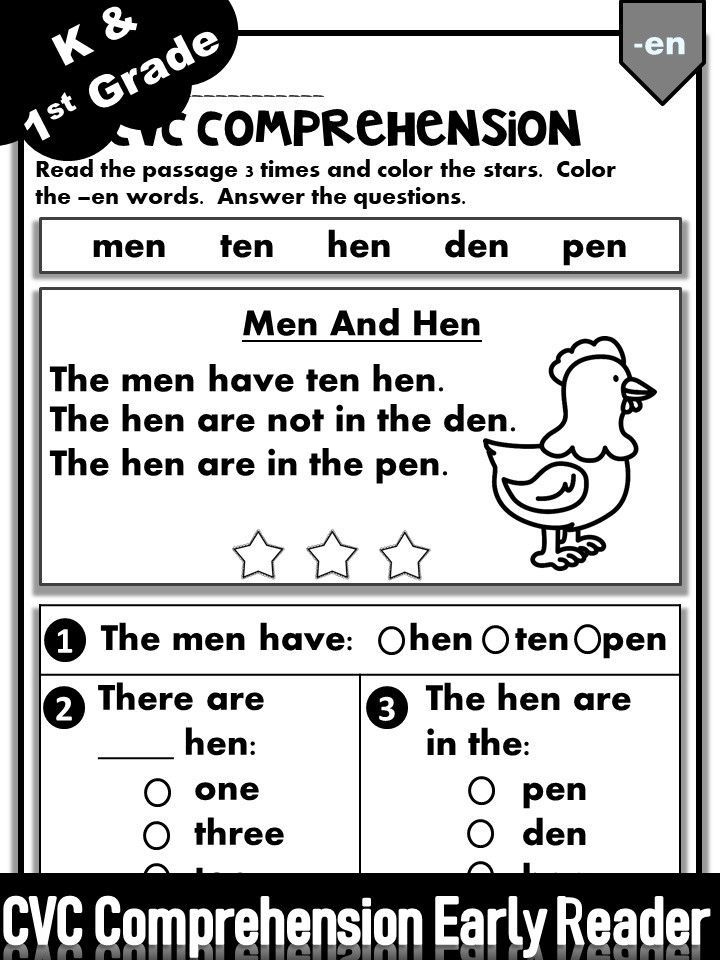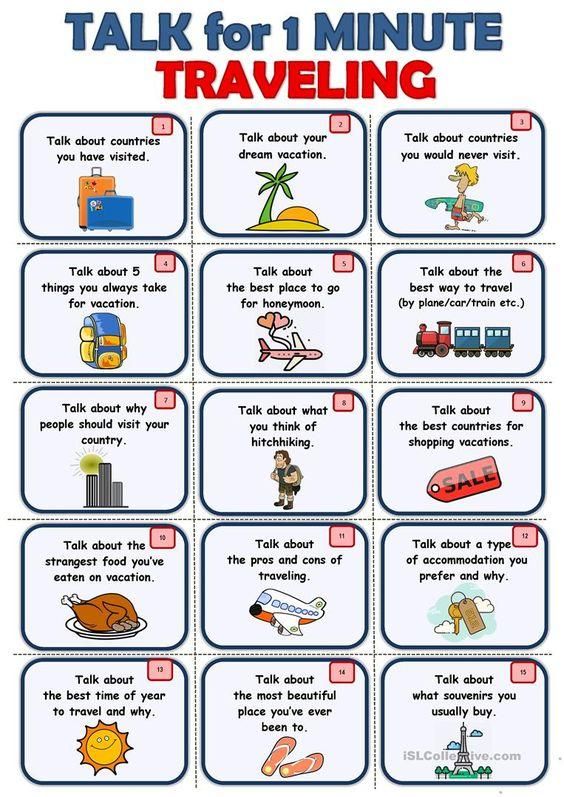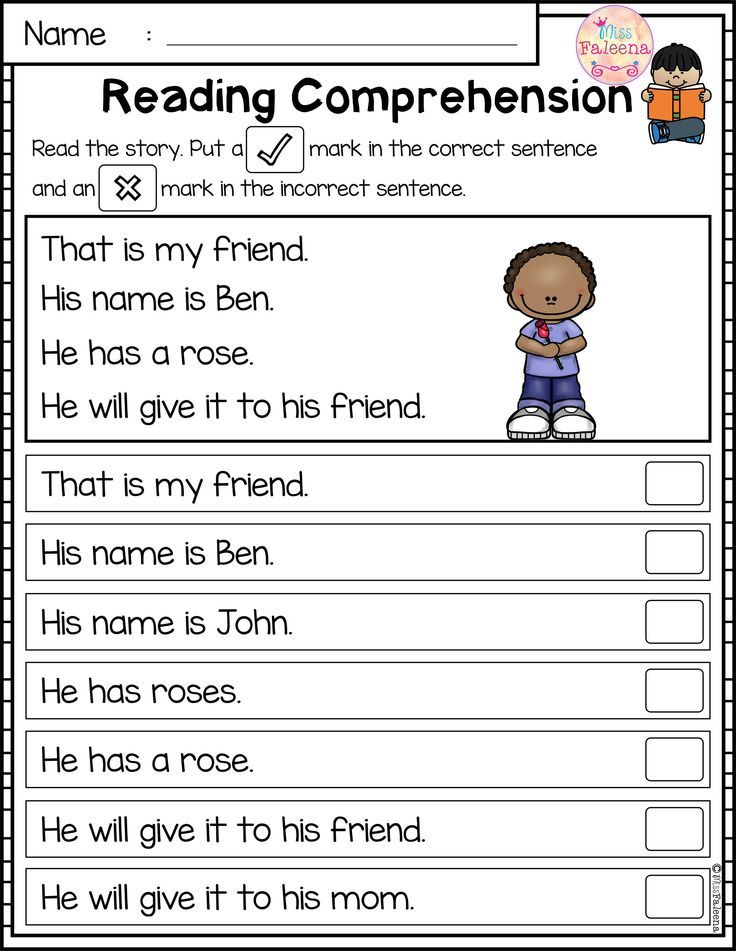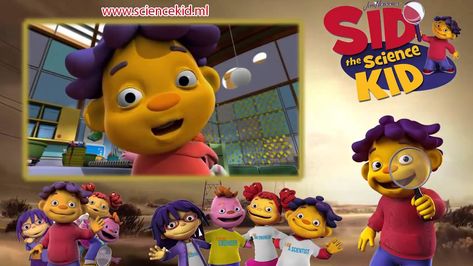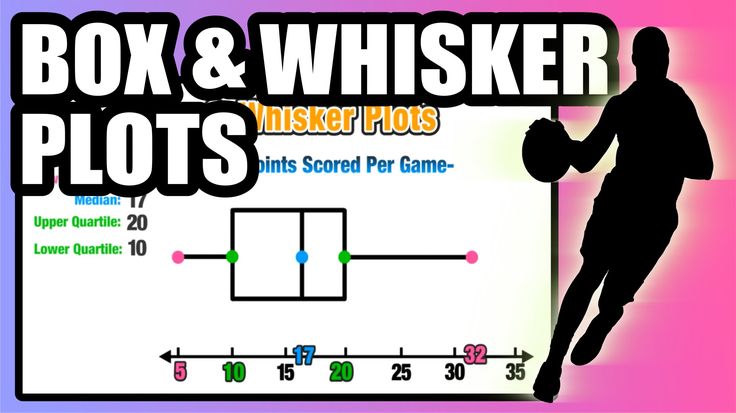Reading to learn
Reading to Learn
Enabling all learners at every level of education to read and write successfully.
Buy Teachers Resources
What is Reading to Learn (R2L)
R2L is a set of strategies that enable teachers to support all students in their classes to read and write at the levels they need to succeed. It has been in development globally since the early 2000s at all stages of education. R2L responses to the growing and urgent needs of marginalised learners and can rapidly improve reading and writing for educational access and success.
Early years
R2L supports all children aged 4-6 to become independent readers and to write successful texts. Using illustrated story books, teachers use R2L to improve skills such as comprehension, word recognition, spelling, letter formation, sentence construction and story writing. Because these skills are learnt in the meaningful, engaging context of shared reading books, children can acquire them much faster than through only using standalone alphabet, phonics and sight word drills.
Primary years
For children aged 7-12, R2L is designed to engage them in reading and writing stories for pleasure, factual texts and to evaluate texts, issues and points of view. Teachers select and use texts in the subject areas that the class is studying to teach skills in reading and writing, at the same time as learning the content of each subject area. R2L enables all students to read and write texts at the same high level, rather then giving them texts at different ‘ability levels’. This ensures all students are ready to succeed in secondary school.
Secondary years
Those aged 13-18 are supported by R2L to learn the content of each curriculum area through reading and writing. Teachers use the texts that students are expected to read in each subject area, to guide them to learn through reading, and to demonstrate what they learnt through writing. R2L enables teachers to balance the curriculum demands for ‘covering the content’, with teaching essential skills that students need to read and write independently. R2L ensures that all students are well prepared for further education, work and life in general.
R2L ensures that all students are well prepared for further education, work and life in general.
At home
R2L can be used by caregivers to support their children become independent readers and to write texts successfully. Just like in the early years classroom, caregivers can use illustrated story books to improve skills such as comprehension, word recognition, letter formation, sentence construction. As the child grows, caregivers can use more complex texts and support their child’s developing understanding of concepts such as inference, perspective and audience.
After implementing R2L in my classroom I have seen amazing development in my students’ reading and writing. Everyone of them have benefited greatly from the program!
Primary School Teacher
This has been the single most important professional development I’ve ever had! I am now planning and developing explicit and systemic lessons with specific purpose and focus.
High School TeacherI have a much better understanding of how to narrow the gap between my students.
Thank you! My knowledge of literacy teaching has improved along with my understanding of R2L. Gladly, it is showing through the results of my students.
Primary School Teacher
Use left/right arrows to navigate the slideshow or swipe left/right if using a mobile device
More Resources – Reading to Learn
About Dr David Rose
Dr David Rose is the Director of Reading to Learn, which trains teachers across school and university sectors, in Australia, Africa, Asia, North and South America and western Europe. He is an Honorary Associate of the University of Sydney. His research includes analysis and design of classroom discourse, effective practices for beginning literacy, techniques for embedding reading and writing skills in curriculum learning, professional learning for teachers about pedagogy and language, language typology, language evolution and social semiotic theory.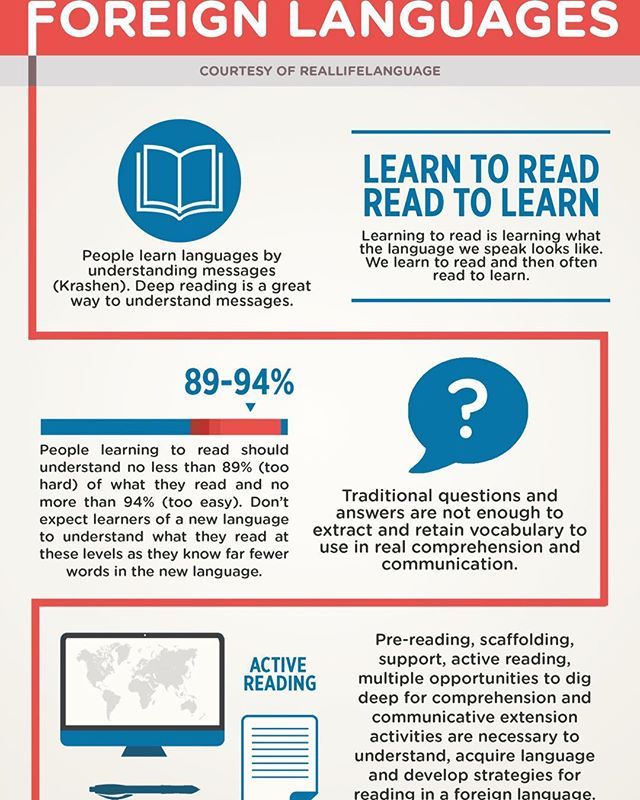 His work has been particularly concerned with Indigenous Australian communities, languages and education programs.
His work has been particularly concerned with Indigenous Australian communities, languages and education programs.
For more Publications by David Rose, please visit his University of Sydney Bio here
The Methodology of Reading to Learn - Presentation by Dr David Rose
Articles & PublicationsGenre, knowledge and pedagogy in the ‘Sydney School’. Rose, D. in press.
A discussion of genre theory and pedagogy for an international audience.
In N Artemeva (Ed.) Trends and Tradition in Genre Studies Ottawa: Inkwell
Myth making and meaning making: the school and Aboriginal children. Rose, D. 2015.
A discussion of the problems of Indigenous children in school and solutions through reading.
In M Hamilton, R Heydon, K Hibbert & R Stooke [eds.] Multimodality and Governmentality: Negotiating Spaces in Literacy Education.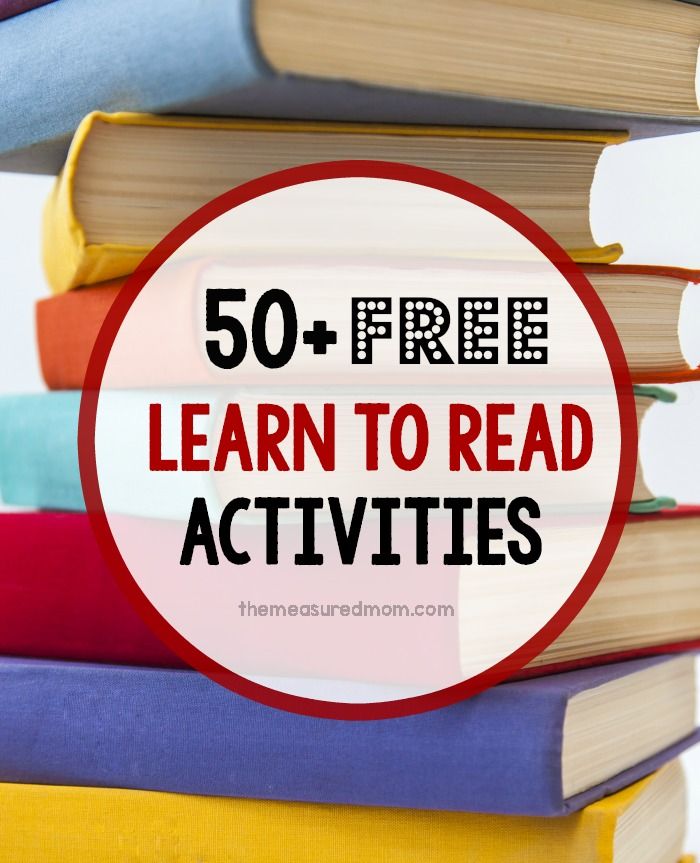 London: Continuum, 167‐184
London: Continuum, 167‐184
Intervening in contexts of schooling
. Rose, D. & J. R. Martin 2013.
Reports on outcomes of a large scale Reading to Learn program in NSW. Average 2x standard literacy growth rates.
In J Flowerdew [ed.] Discourse In Context: Contemporary Applied Linguistics Volume 3. London: Continuum, 447‐475
Analysing pedagogic discourse: an approach from genre and register. Rose, D 2014.
Linguistic tools for analysing and designing teacher‐learner interactions in the classroom.
In Functional Linguistics, 1(11).
Beating educational inequality with an integrated reading pedagogy. Rose, D. 2011.
Why we need to teach all children to read in school and how to do it
In F. Christie and A. Simpson (eds.) Literacy and Social Responsibility: Multiple Perspectives. London: Equinox, 101‐115
Beyond literacy: building an integrated pedagogic genre. Rose, D. 2011.
2011.
An accessible outline of the R2L professional learning program, framed by theory
Australian Journal of Language and Literacy, 34 (1), 81‐97
Scaffolding Literacy for Indigenous Health Sciences Students. Rose, D., Rose, M., Farrington, S and Page, S. (2008).
Report on an R2L program with Indigenous health sciences students at Sydney University, with great results.
Journal of English for Academic Purposes 7 (3), 166‐180
A reading based model of schooling. Rose, D. 2007.
A model of education centred on reading as the primary mode of learning in school
Pesquisas em Discurso Pedagógico, 4: 2
Interacting with Text: the Role of Dialogue in Learning to Read and Write. Martin, J. R. & Rose, D. 2007.
Analyses teacher/students interactions in R2L pedagogy, designed to engage and extend all students
Foreign Languages in China. 4 (5): 66‐80
Metadiscourse: Designing Interaction in Genre‐based Literacy Programs.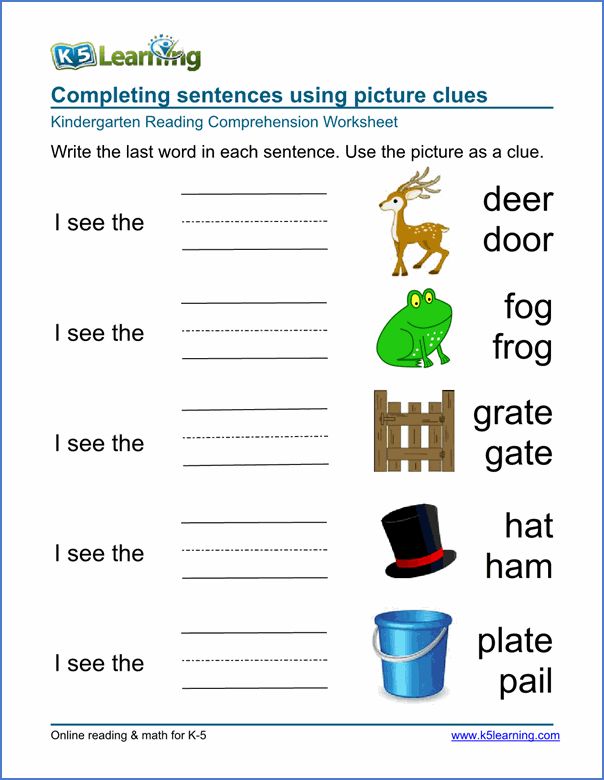 Martin, J.R. 2006.
Martin, J.R. 2006.
Analyses teacher/students interactions in the genre pedagogy, including R2L
In R. Whittaker, M. O’Donnell and A. McCabe (eds) Language and Literacy: Functional Approaches. London: Continuum, 95‐122.
Democratising the Classroom: a Literacy Pedagogy for the New Generation. Rose, D. 2005.
An accessible introduction to the R2L pedagogy
Journal of Education, 37:127‐164
Designing literacy pedagogy: scaffolding asymmetries. Martin, J.R. & Rose, D. 2005
How design literacy pedagogy to achieve educational equality
In R. Hasan, C.M.I.M. Matthiessen and J. Webster [Eds.] Continuing Discourse on Language. London: Equinox, 251‐280
Read online “Learn to learn. Brain, learning, memory, reading”, Ivan A. Smirnov - LitRes
Dedicated to my mother, who gave me not only life, but also her love and gave me the opportunity to study, and to my beloved nephews
Illustrator Ivan Smirnov
Cover designer Ivan Smirnov
© Ivan A.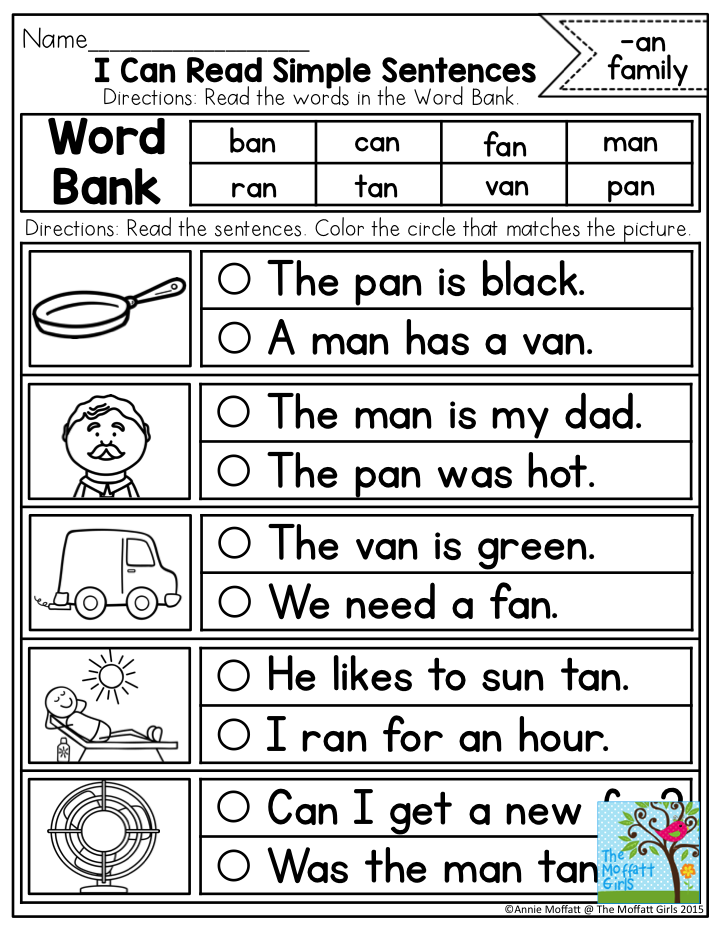 Smirnov, 2022
Smirnov, 2022
© Ivan Smirnov, Illustrations, 2022
© Ivan Smirnov, Obval Design, 2022
9000 9000 9000 9000003 ISBN 978-5-4485-5120-8
Created by Ridero intelligent publishing system
Introduction
Who is this book for
You could say that this book is for everyone. Not only for those who study at school or university. The desire for learning is inherent in all initially as representatives of the human species [100]. We all have a mind and therefore learn at work, at home, and in life in general - everywhere. Everyone will find something useful in it:
for schoolchildren and students it will be useful to know how best to organize your educational process so that it is easier, more exciting, and the knowledge gained remains for a long time;
for those who work it will be a good base in order to qualitatively assimilate knowledge while improving their skills, mastering new technologies;
for athletes this book will allow you to better understand how to master certain elements, to better master skills. It will also help them to harmoniously combine training and classes; nine0004
It will also help them to harmoniously combine training and classes; nine0004
for pensioners and the elderly she will tell you how to keep your mental health longer, believe in yourself, keep up with the times, master new areas of life and combine them with your rich life experience;
for teachers and parents it will help to understand the reasons for their children's failure and how to make their learning more interesting and effective;
If you recognize yourself in at least one situation, then you can safely take this book and start working on it. nine0004
How this book works
The process of creating this book can be compared to the plot of an oriental parable:
The Persian king, a great lover of literature, used to carry a library loaded on a hundred camels on his trips. Once it seemed to him difficult. He invited one hundred wise men and ordered them to select from the numerous books of his library the most valuable ones that could be transported by one mule.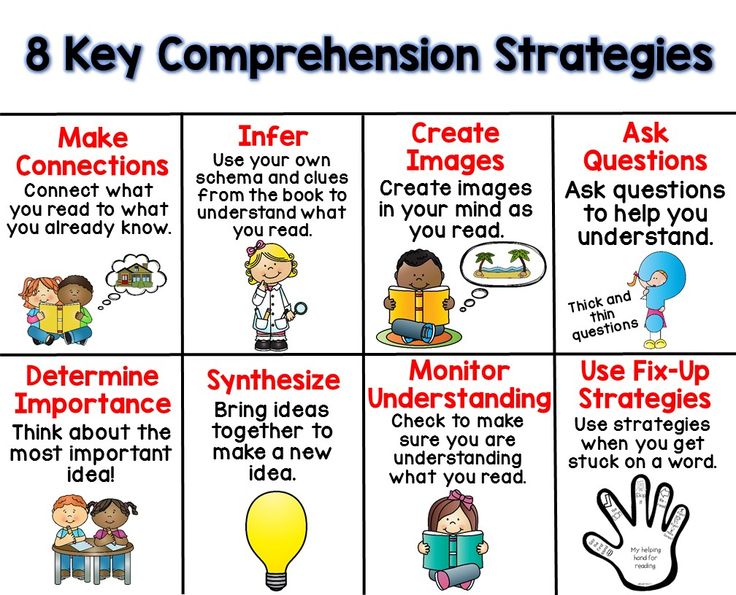
After a while, this also seemed difficult to him, and the king suggested that the wise men choose all the most valuable from the library so that it would fit in only one book. nine0008
Time passed, and this collection of knowledge ceased to suit the king. For the third time, he called a hundred wise men and asked them to compose a single phrase from the book containing all the wisdom of the world. The scientists complied with this request of the king. Since then, on his travels, the king carried in his heart one witty saying written by the sages: “We are born, we suffer, we create and we die” [5].
In accordance with this parable, having familiarized myself with a large number of smart and useful books, I tried to extract from each of them all the most valuable and important things that can be useful to you during your studies. In this sense, I see my role as a collector and conductor of knowledge. However, this was not so easy, since it took some creative effort to comprehend, personally verify and accurately present.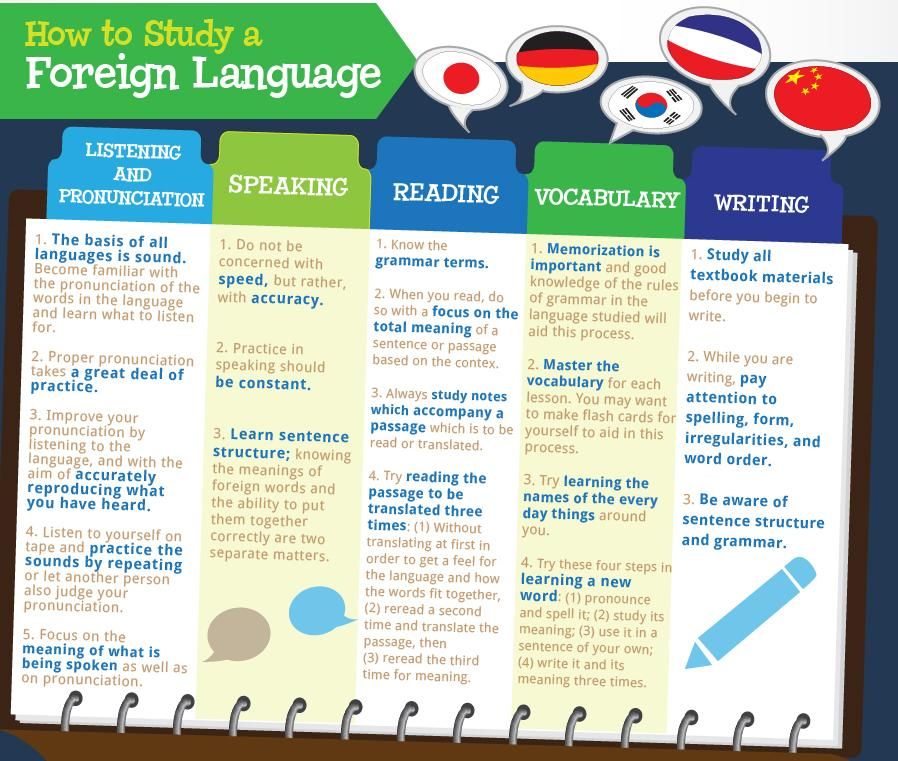 nine0004
nine0004
Of course, the style of presentation is sometimes very laconic (time is precious) and even dry (of course, there is no water, because the caravan is moving through the desert). Please review the table of contents before reading.
For a better understanding, you should talk about the structure of the book and the arrangement of its individual parts.
Each chapter contains separate techniques and techniques, united by one topic and presented in the most capacious, but I hope not too concise form. Each of these subsections is devoted to a certain issue on this topic, partially explains the structure of the brain and talks about the processes taking place in it, about the accompanying one or another side of learning, about the problems and psychological reasons for their appearance. In most cases, each of these passages offers certain tips, tricks and recommendations, as well as explanations designed to improve your learning success. They are largely based on books I have read and learned from both my own experience and the learning skills classes I have taught. At the end of each chapter, there are questions and practical exercises to reinforce. nine0004
At the end of each chapter, there are questions and practical exercises to reinforce. nine0004
What you will get from this book
This book consists of two sections - theory and practice.
In 1 chapter , the work of the main learning tool, the brain, is described in sufficient detail and in many ways. Understanding it helps you better understand yourself, navigate life, feel better and become who you want to be. Here is a lot of information about its structure and structure, features of sections. In addition to anatomical and neurophysiological facts, this chapter has made a gradual transition from physiology to psychology, thinking, perception and memory. In this part of the book, the works of many classical and modern researchers turned out to be especially useful, including both very serious scientific works and popular science literature. nine0004
Chapter 2 contains important information and practical advice about the training itself. It tells about how this process should be treated, what elements it consists of and what varieties of it exist.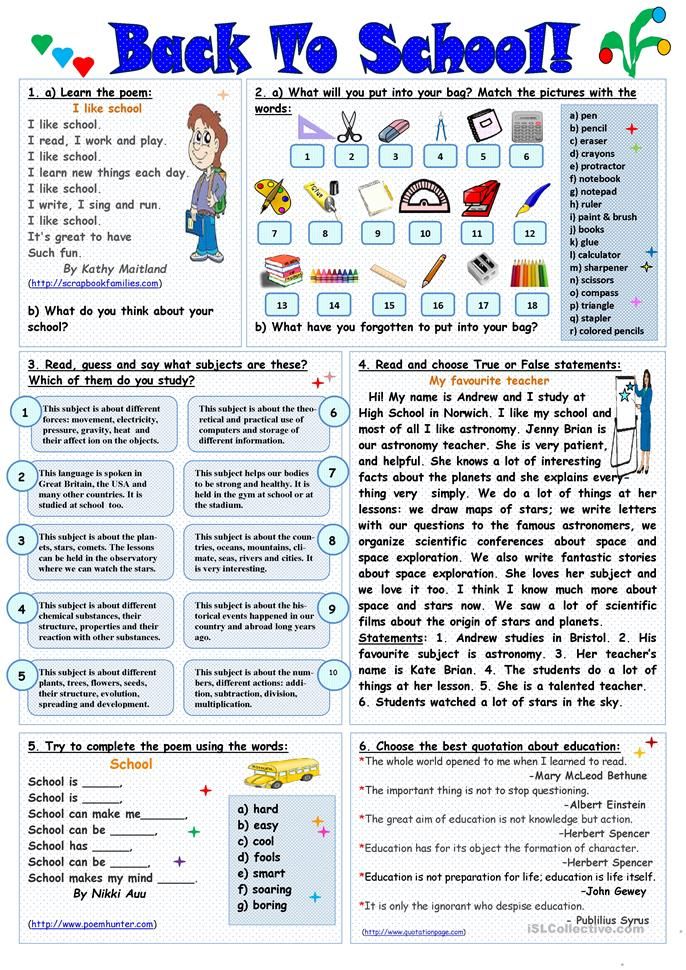 Also here are some tricks and tips that can make your attitude to learning and completing tasks faster and more productive.
Also here are some tricks and tips that can make your attitude to learning and completing tasks faster and more productive.
In chapter 3 , dedicated to memory, I have collected and arranged all kinds of techniques for remembering various types of information. nine0004
Chapter 4 is devoted to reading and includes many questions related to this process. In it, you will learn how to maintain your eyesight and read so that this process is fast and healthy. It also tells about what skills you need to train in order to master speed reading techniques. In addition, it contains tips on how to better remember what you read, work with the text, understand its structure and take notes.
All the techniques and approaches collected in this book are quite different. None of the techniques presented in this book, taken by itself, is a solution to all problems in learning. Sometimes it is necessary to be able to combine different approaches. Learning requires a person not only to reproduce existing knowledge, but also to think creatively.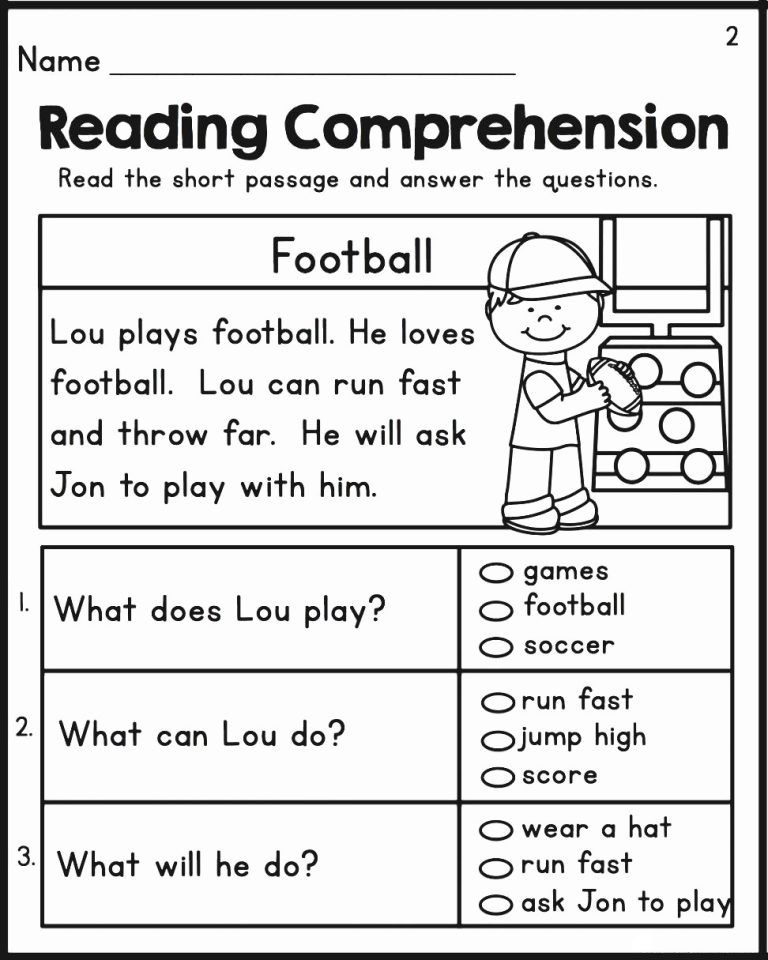 A reasonable and skillful combination of the techniques proposed in this book will lead you to the result you need. nine0004
A reasonable and skillful combination of the techniques proposed in this book will lead you to the result you need. nine0004
Happy reading!
Theory
Chapter 1. How our brain works
This chapter is devoted to a vast and not yet fully known topic. The human brain is one of the most extraordinary and mysterious wonders of nature.
My popular facts about the most amazing properties of our brain are needed here so that you can not only better understand what is happening inside your head, but also learn more consciously. Many of the testimonies mentioned below, in addition to expanding your erudition, can also improve your learning skills. After all, the human brain is our instrument of knowledge. People cannot help but learn and do this throughout their lives. So wouldn't it be better to learn how to use this instrument especially skillfully! nine0004
What is the brain? In short, it is a mirror that reflects our external and internal world. However, this simple comparison does not express the complexity of this extraordinarily magical mirror!
As you read this chapter, you will need your left brain skills to better understand some of the scientific details that we will now delve into.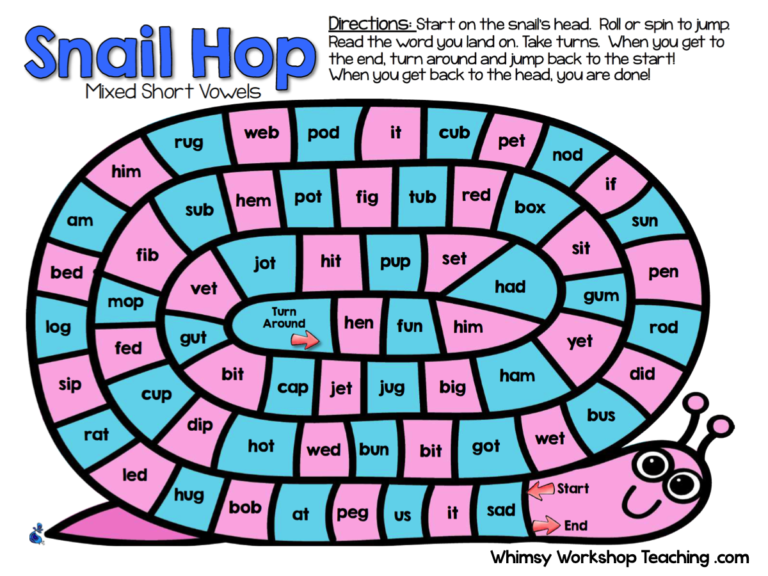 By absorbing important and interesting facts about the brain, you can use them to improve your learning approaches. You will also use your right-brain abilities to understand the context and personal meaning of current ideas about the brain. Some of you will probably feel the essence of what will be discussed, while others will closely follow the logic of the presentation. Thus, we will use both hemispheres of your brain for the best perception. After all, it is much more convenient to move around using both legs. nine0004
By absorbing important and interesting facts about the brain, you can use them to improve your learning approaches. You will also use your right-brain abilities to understand the context and personal meaning of current ideas about the brain. Some of you will probably feel the essence of what will be discussed, while others will closely follow the logic of the presentation. Thus, we will use both hemispheres of your brain for the best perception. After all, it is much more convenient to move around using both legs. nine0004
So, let's take a trip through the convolutions of our brain.
1.1. The brain as a result of evolution
One of the most interesting mysteries of modern genetics and molecular biology, according to K. Anokhin, is neuroevolution . Surprisingly, to create any of our internal organs, it took only 3-7% of all genes [6-7]. To create the brain in humans and other mammals, among other functions, more than half of the genes are involved to one degree or another! Just imagine: almost every second gene works to ensure the functions of the brain! This radically changes our understanding of the content of evolution. nine0004
nine0004
In fossil animals, brain tissue was not preserved, which is why paleontologists were forced to study only the structure of the skeleton for more than two hundred years. However, today we are beginning to understand that the main efforts of evolution were directed to the creation of our brain.
If you're lucky, then by inheritance from your ancestors you can get a wonderful brain, well trained with fast biochemical processes. But even in this case, if the newborn finds himself in the situation of Mowgli or is simply poorly taught, then his beautiful brain will be of little use. As T. Chernigovskaya says, no matter how beautiful the instrument is in your head, you still need to learn how to play it. nine0004
Genetics is the foundation that every person has. At the same time, we are not genetically the same. Sometimes we, unfortunately, can inherit certain diseases. However, even being at a lower starting position, it is possible to climb quite high. It is necessary to have with you the desire to build your intellect, apply a suitable technique and train.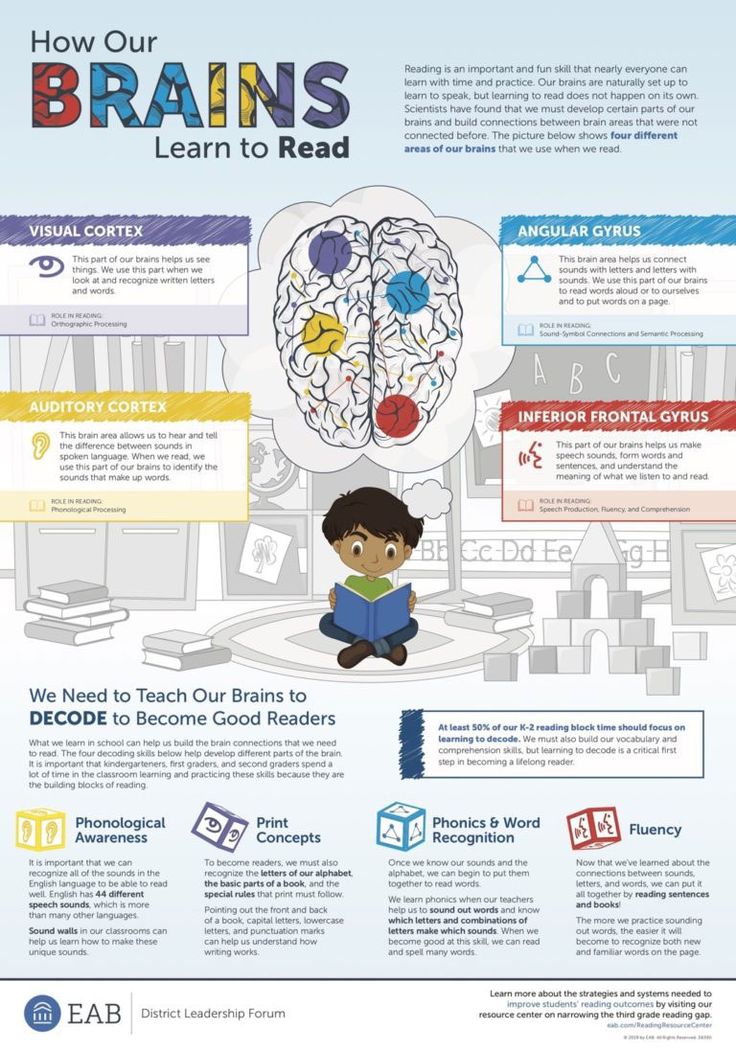 To paraphrase the saying, we can say: "There is nothing to blame on genetics, if the learning system is crooked."
To paraphrase the saying, we can say: "There is nothing to blame on genetics, if the learning system is crooked."
1.1.1. Brain Hand Model
For clarity, you can use the model of the brain proposed by Daniel Siegel [82]. It can be made from your own palm. To do this, bend your thumb inward and squeeze the rest of your fingers into a fist. Ready?
D. Siegel's "handy" model of the brain [82]
In this model, the back of the hand corresponds to the back of the brain, and the area facing you, represented by your fingers, is the highest part of the brain, its cortex, a fingertips with nails - prefrontal cortex (forehead). There are many processes that are extremely important for us - thinking and reasoning, interpreting perception and remembering, planning and decision-making, self-awareness.
If you open your fingers, you will see a thumb under them. It represents the limbic region of the brain. Emotions are born in it.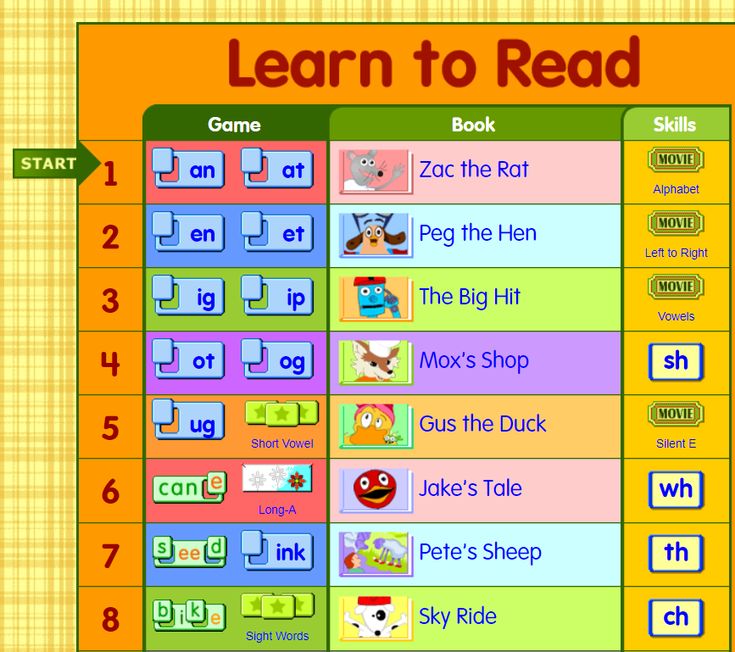 The limbic area is responsible for many functions (motivation, focusing attention and memories).
The limbic area is responsible for many functions (motivation, focusing attention and memories).
Raising your thumb, you can see the palm of your hand. It represents the lower and most ancient part of the brain, its barrel. This region is responsible for the cycles of sleep and wakefulness, and also interacts with the limbic region, creating such reactive states as anger or fear. Because both the brainstem and the limbic region are under the cortex, they are often referred to as "subcortical": when you squeeze your fingers, you will see how the cortex literally covers them.
When our brain gets tired or lacks resources, it fails to nourish the upper divisions. As a result, you may behave more emotionally as your limbic area is more active than your cortex. This usually happens when we are hungry or just very tired. Because of this, we can not only have a headache, but also spoil our mood, because. self-control functions are weakened. Therefore, it is advisable to eat on time, get enough sleep and try to better control yourself in the afternoon, especially in the evening, so as not to make decisions that you will regret later.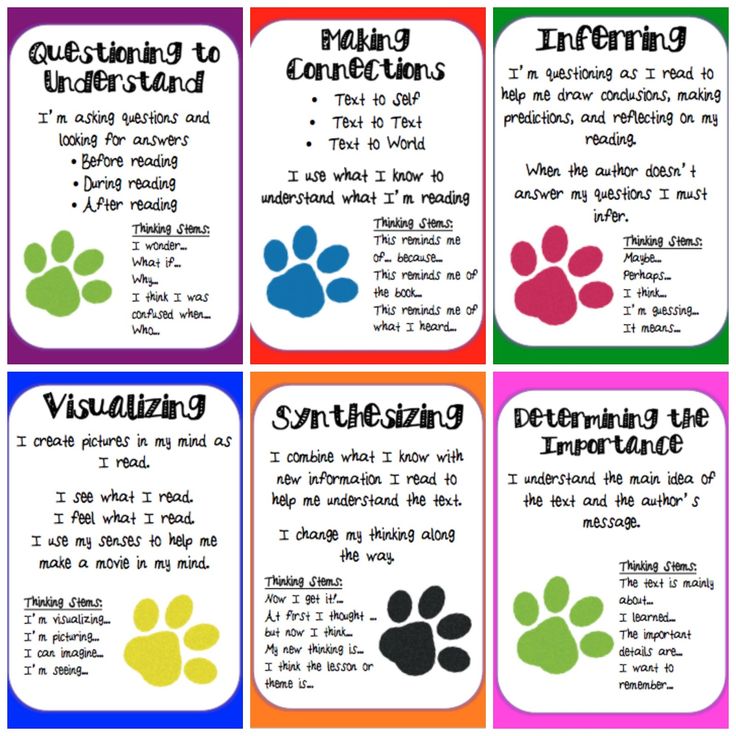 nine0004
nine0004
1.1.2. The structure of a neuron
Our brain is made up of small nerve cells called neurons. They are shown as black dots in the figure.
Drawing of neurons by neuroscientist and Nobel laureate Santiago Ramón y Cajal [76]
Thin processes extending from the walls of neurons are called dendrites, and long filaments are called axons . They transmit signals from one neuron to another. The figure below shows a simplified view of the structure of a neuron. nine0004
The structure of a neuron
The figure shows that the long process (axon) of the neuron is one, and there are many dendrites.
Axons are enclosed in a special fatty sheath - myelin . Because of its color, areas of the brain that have many axons are called white matter . It consists of processes of neurons that form fibers and tracts - links of the pathways of the central nervous system. Gray matter is mainly concentrated in outer areas of the brain called bark . There are bodies of neurons.
There are bodies of neurons.
1.1.3. Stimulus and response
Our brain is constantly exposed to many external stimuli. The brain perceives these stimuli, connecting them with memory impressions and making associations. This creates perception. It becomes more complex and spreads further through the brain and, in the end, turns into a thought or action. This can be compared to cars in an underground garage: drove in, parked and drove out.
However, when we talk about the brain, the term "action" can take on a very broad meaning. For him, actions are thinking, feelings, dreams, as well as voluntary and involuntary muscle contractions. nine0004
Nobel laureate Santiago Ramón y Cajal (1852-1934) is known for creating accurate drawings of brain cells (neurons) and methods for recreating cellular structure. His discoveries led to a much better understanding of how the brain works. He was also the first researcher of the processes of aging of brain cells.
In the manuscripts of the scientist, his artistic talent is also noticeable.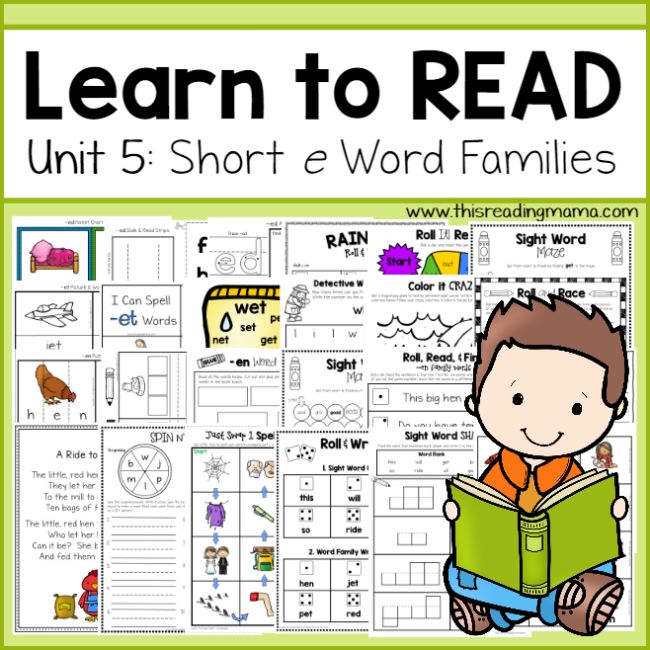 He drew neurons and branch-like dendrites with great accuracy. To do this, he used chemicals that stain brain tissue. Thanks to this technique, the structure was clearly visible under the microscope. nine0004
He drew neurons and branch-like dendrites with great accuracy. To do this, he used chemicals that stain brain tissue. Thanks to this technique, the structure was clearly visible under the microscope. nine0004
Through his precise observations, the researcher disproved the then-current assumption that the brain consisted of a network of cells connected like threads in a web. Cajal found out that, in fact, the dendrites of nerve cells do not touch and are separated from each other by small gaps ( synaptic clefts) . Therefore, neurons interact with each other with the help of special chemicals ( neurotransmitters ). These substances fill the gap between the cracks and interact with the cell walls like a key with a lock: each substance has its own receptor. This is how neurons transmit their signals. nine0004
These same neurotransmitters increase or decrease the likelihood that a neuron will transmit an electrical signal from the cell nucleus to the end of the axon.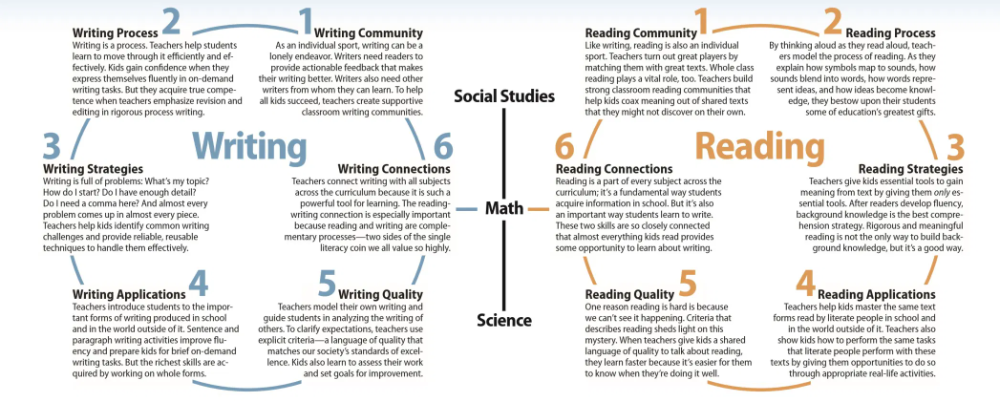 This process sequentially activates neurons one by one until a complete electrical circuit is formed. Such a circuit consists of groups of hundreds and thousands of neurons. Sometimes they are in very different and distant areas of the brain that connect with each other. This can happen when we, for example, speak or read.
This process sequentially activates neurons one by one until a complete electrical circuit is formed. Such a circuit consists of groups of hundreds and thousands of neurons. Sometimes they are in very different and distant areas of the brain that connect with each other. This can happen when we, for example, speak or read.
Thus, as Cajal showed, neurons are the building blocks of our brain and the basis of all its activity. The brain contains about 100 billion neurons. The interaction between neurons is the basis for memory, concentration, thinking and other functions.
1.1.4. Anatomy of the Brain
Most of us today have an idea of what the brain looks like. It has two mirror parts called hemispheres and looks like a walnut. This nut, in turn, is located at the top of the brain stem. nine0004
Each hemisphere is divided into four regions: frontal (front), parietal (top), occipital (behind) and temporal (side) lobes.
The brain is divided into four lobes: frontal, temporal, parietal and occipital.
The occipital lobe is associated with vision and damage to it can lead to vision problems or blindness. The temporal lobes are associated with hearing and some aspects of visual perception. The parietal lobe creates in the head a volumetric spatial model of the external world and an image of our own body and the internal state of the body. The frontal lobes are perhaps the most mysterious of all. They are associated with such complex aspects of human life as morality, wisdom, planning, and others. You will learn more about this below. nine0004
It is curious that people with minor damage in various parts of the brain do not show a total decrease in all cognitive abilities or a deterioration in memory function. It is not uncommon to observe a very selective impairment of one specific function among patients, while other functions remain intact. Based on this, some scientists suggest that the damaged part of the brain is somehow involved in the work of the defective function.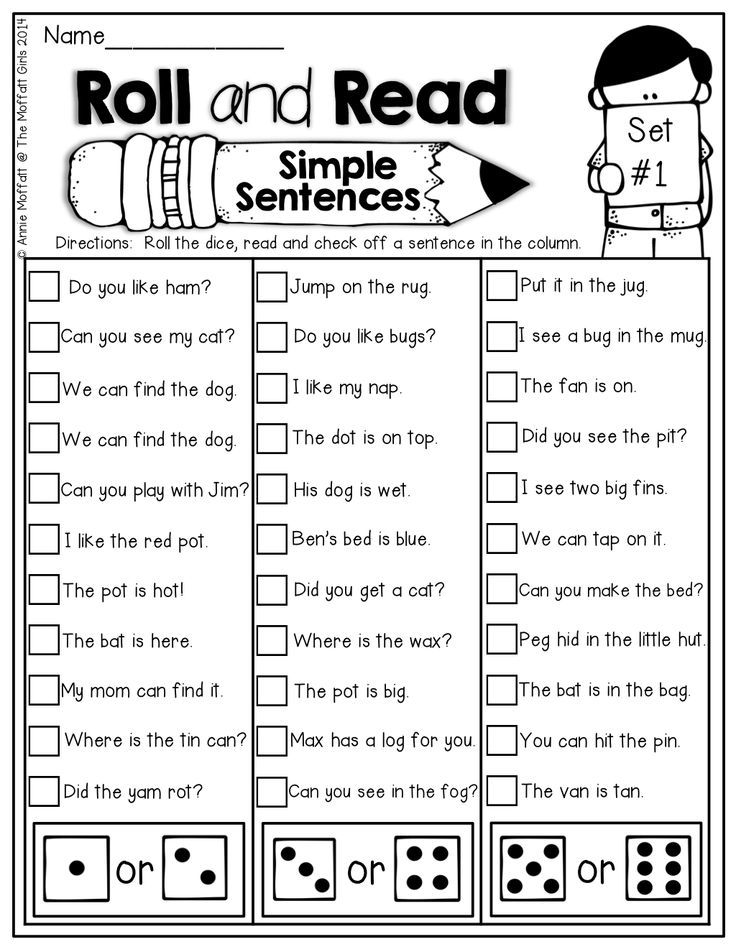
1.1.5. Brain and nervous system
The brain is a real electric battery in our head. As you grow older, the brain harnesses and streamlines this electricity, building pathways and entire networks of nerve cells, neurons . This is how the processes of thinking, feeling and behaving begin and end. Remember how long you used to wave your arms when you were little to learn how to pick up toys. As we develop, so does our ability to focus energy so that we can use it to master physical, mental, and psychological skills. nine0004
Growing up, we accumulate information coming from both external and internal worlds. Evaluating this information, we develop more and more complex and appropriate answers. Responses can be both external actions (for example, movements or speech) and internal (idea, thought or feeling). The brain and body are always trying to strike a certain balance between the speed and accuracy of these actions.
The brain processes a huge amount of information.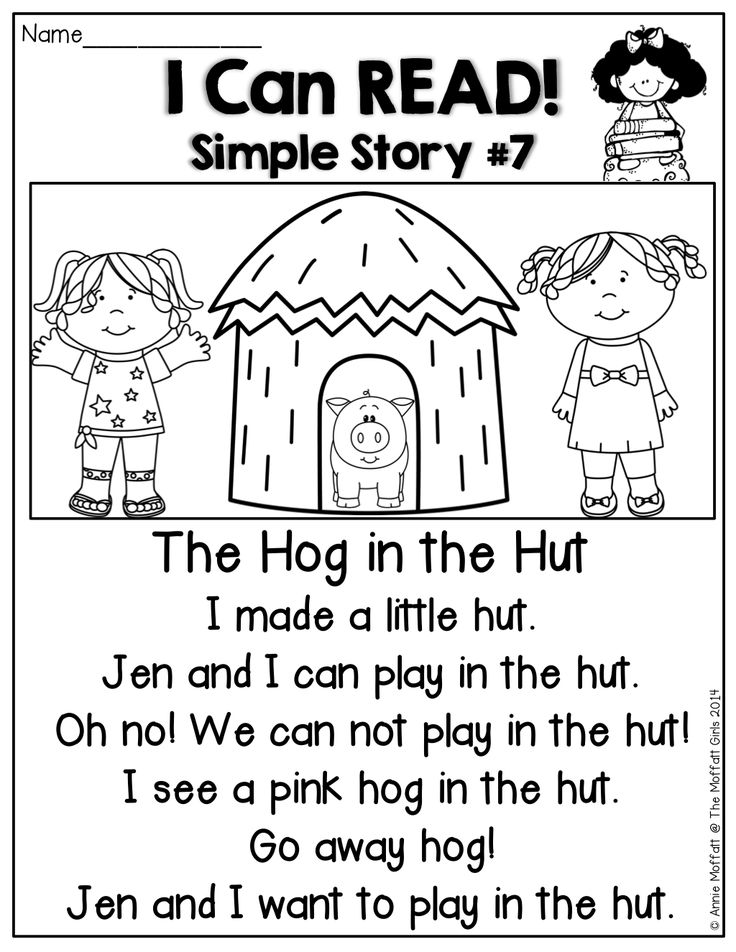 Therefore, all reactions of the body to the external environment and its own internal state are carried out with the help of four departments of the nervous system. The brain and spinal cord are central nervous system . The spinal nerves, through which information passes in the form of signals from the organs to the brain and back in the form of its commands, constitute the peripheral nervous system . The third section of the nervous system, which regulates voluntary movements, is called the somatic nervous system . The last department is autonomous (vegetative) nervous system. It controls actions that we are not aware of. nine0004
Therefore, all reactions of the body to the external environment and its own internal state are carried out with the help of four departments of the nervous system. The brain and spinal cord are central nervous system . The spinal nerves, through which information passes in the form of signals from the organs to the brain and back in the form of its commands, constitute the peripheral nervous system . The third section of the nervous system, which regulates voluntary movements, is called the somatic nervous system . The last department is autonomous (vegetative) nervous system. It controls actions that we are not aware of. nine0004
The autonomic nervous system deals with the independent functions of the body. These functions include heart contractions, digestion and respiration. Due to the independence of this nervous system, the brain is free from part of the load. This allows him to focus on vision, hearing, speech, thinking, emotions and voluntary movements. The autonomic nervous system is divided into two parts - parasympathetic (recovery processes - sleep, digestion, etc.) and sympathetic (active action - “Push the gas!”). These sections of the autonomic nervous system counteract each other (when one of them works, the other rests and vice versa. Some people feel more comfortable when they are controlled by a system that encourages action, while others feel more comfortable under the wing of a braking system.
The autonomic nervous system is divided into two parts - parasympathetic (recovery processes - sleep, digestion, etc.) and sympathetic (active action - “Push the gas!”). These sections of the autonomic nervous system counteract each other (when one of them works, the other rests and vice versa. Some people feel more comfortable when they are controlled by a system that encourages action, while others feel more comfortable under the wing of a braking system.
However, despite the fact that this separation is genetically determined, it is not something once and for all certain. You can work with this too. Imagine the situation: your child grabbed the ball of his brother or sister, and you strongly demand that he return a toy to its rightful owner. The emotional constitution of such a child is such that he immediately hits the brake in response, calms down and gives the ball. This feeling of calming is quite familiar to him. However, if you say "no" to the child too harshly or often, then he will get used to suppressing after receiving several inhibiting messages, the child's desire to succumb to the excitatory sympathetic nervous system decreases, because every time he feels uncomfortable. nine0004
nine0004
1.2. Anterior and posterior regions of the brain: Cockpit and luggage compartment
In addition to the division of the brain into hemispheres, there is a groove that divides the brain into anterior and posterior parts. This furrow is often called the demarcation line between activity and being . This line, according to M.O. Laney [59], separates the behavior of two types of people - introverts and extroverts . Introverts have a more active front part of the brain, let's call it cockpit . Extroverts rely more on the back, or luggage compartment of the brain that controls being.
Despite the apparent contradiction, intuitively everything is quite logical. The fact is that for the perception of the external world and for involuntary actions it is precisely the back part of the brain, its “luggage compartment” that is responsible.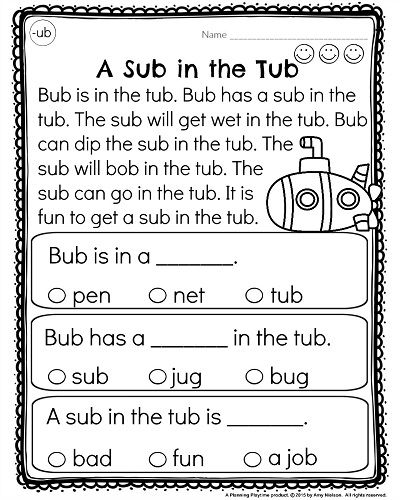 The outside world seems to be displayed on it, as on a screen (the visual zones are located in the back of the brain). For reasoning and voluntary actions answers the front part of the brain - it, "cabin". Here, in the front part of the brain, signals are reflected not only from the inner world of a person, but also the reflection of the outside world superimposed on it (reflection of reflection).
The outside world seems to be displayed on it, as on a screen (the visual zones are located in the back of the brain). For reasoning and voluntary actions answers the front part of the brain - it, "cabin". Here, in the front part of the brain, signals are reflected not only from the inner world of a person, but also the reflection of the outside world superimposed on it (reflection of reflection).
The back of the brain, the luggage compartment, is responsible for collecting sensory information from the outside world, processing it and turning it into perception through selection, encoding and comparing new data with old feelings and memories. It's like loading luggage on an airplane. Our actions, formed on the basis of these perceptions, are involuntary. These are automatic responses to rapidly changing circumstances. Thanks to this, extroverts are able to make quick and correct decisions and deftly improvise, which is undoubtedly good in emergency situations.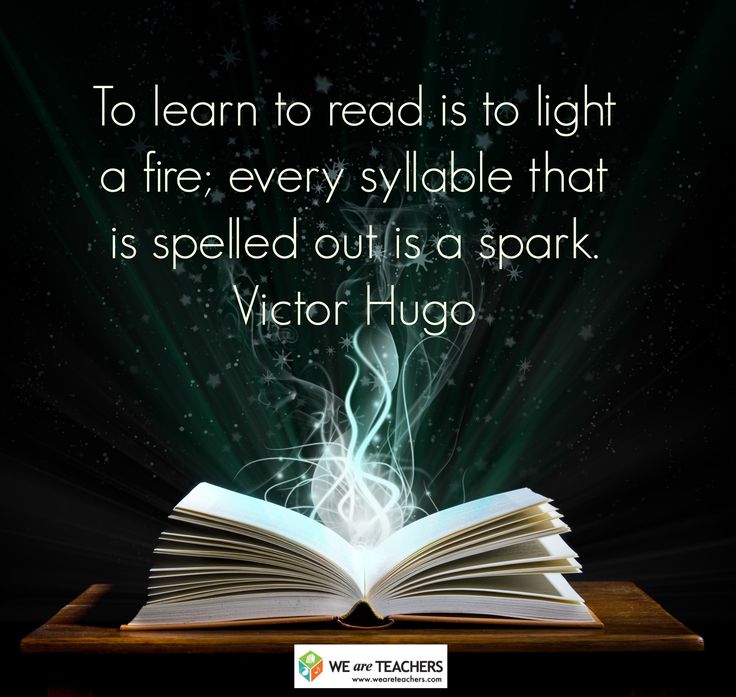 These areas of the brain are formed quite early, due to which many extroverts quite often begin to realize themselves at a very young age. nine0004
These areas of the brain are formed quite early, due to which many extroverts quite often begin to realize themselves at a very young age. nine0004
Further, after the baggage of new perceptions is loaded on board the aircraft, it is quickly sent to the more developed, front part of the brain. This is where the most complex processes take place. All the electronics of our aircraft are located here, forming judgments and planning . Action templates (flight routes) are created here.
The frontal lobes are responsible for planning in the broad sense of the word. With the help of these parts of the brain, we can follow certain rules of behavior, encouraging certain actions and suppressing others. So thanks to them, we can reason, conduct an internal dialogue, talk to ourselves, consider different options for the development of events, compare alternatives and set goals for ourselves. We turn the selected options into finished thoughts or ideas.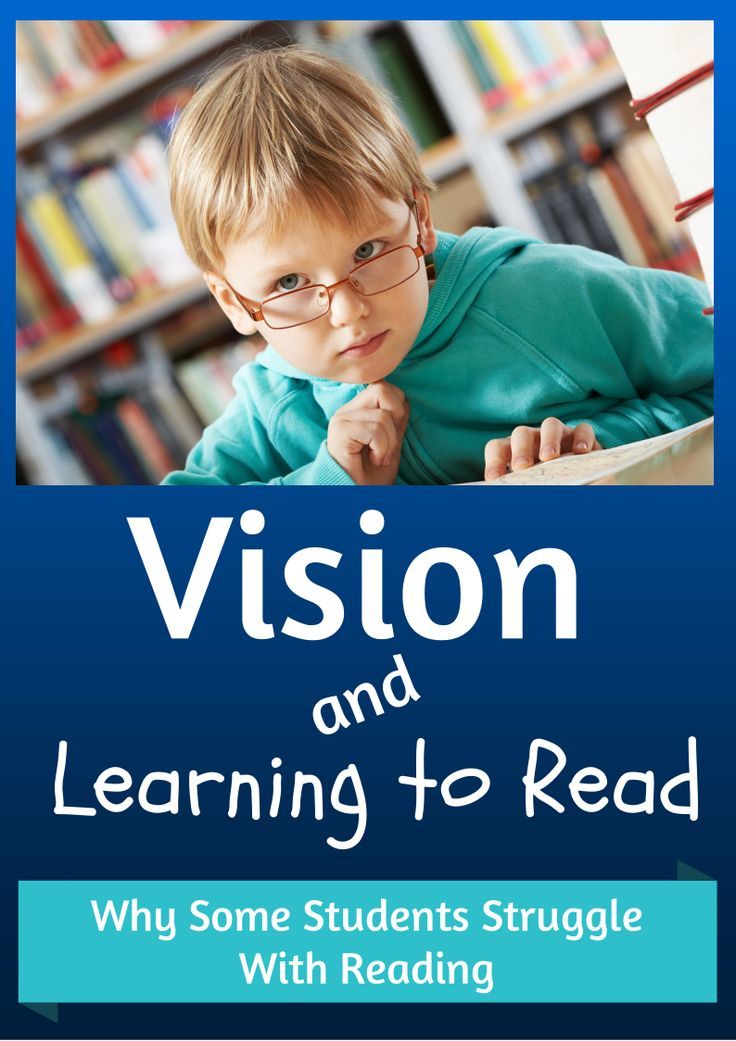 If necessary, in order to achieve a result, we form specific instructions, sequences of actions. nine0004
If necessary, in order to achieve a result, we form specific instructions, sequences of actions. nine0004
In addition, these actions are also evaluated here, carried out before , during or after they have been performed. Thanks to this, we are able to anticipate some actions (our own and others), imagine their consequences, as well as understand and evaluate what has already happened. Introverts often make only a mental attempt at action, instead of committing real actions.
In the frontal lobes of the brain, its governing area, complex emotions and self-consciousness are created. These areas are responsible for making conscious decisions and are finally formed by about the age of 30. nine0004
The difference in approach to business can be illustrated by the example of baggage collection before travel. An introvert will remember in advance about the planned plans, mentally imagine the contents of the wardrobe and choose clothes, and the day before departure he will take out a suitcase and put things there. Now it's the turn of the trunk. Hooray, the day of departure has come! Imagination already draws palm trees, fluttering under the warm wind, alluring blue of the ocean. An extrovert, on the contrary, does not even think about getting ready on the very day of departure, and an hour before leaving for the airport he will throw a suitcase on the bed, stuff things in there and, with difficulty, sitting on top of it, close it. However, both will arrive. nine0004
Now it's the turn of the trunk. Hooray, the day of departure has come! Imagination already draws palm trees, fluttering under the warm wind, alluring blue of the ocean. An extrovert, on the contrary, does not even think about getting ready on the very day of departure, and an hour before leaving for the airport he will throw a suitcase on the bed, stuff things in there and, with difficulty, sitting on top of it, close it. However, both will arrive. nine0004
Learning problems can occur when the harmonious communication between back and front is broken. Staying in your comfort zone, you can endlessly stay in the same place. If you are an introvert, you will think and reflect all the time, but you will not be able to bring your ideas to life. If you are an extrovert, you will be constantly busy with hectic activities and will not be able to stop to focus on planning some more complex act. By learning from each other's valuable experiences, you will be better able to achieve your goals and interact with others.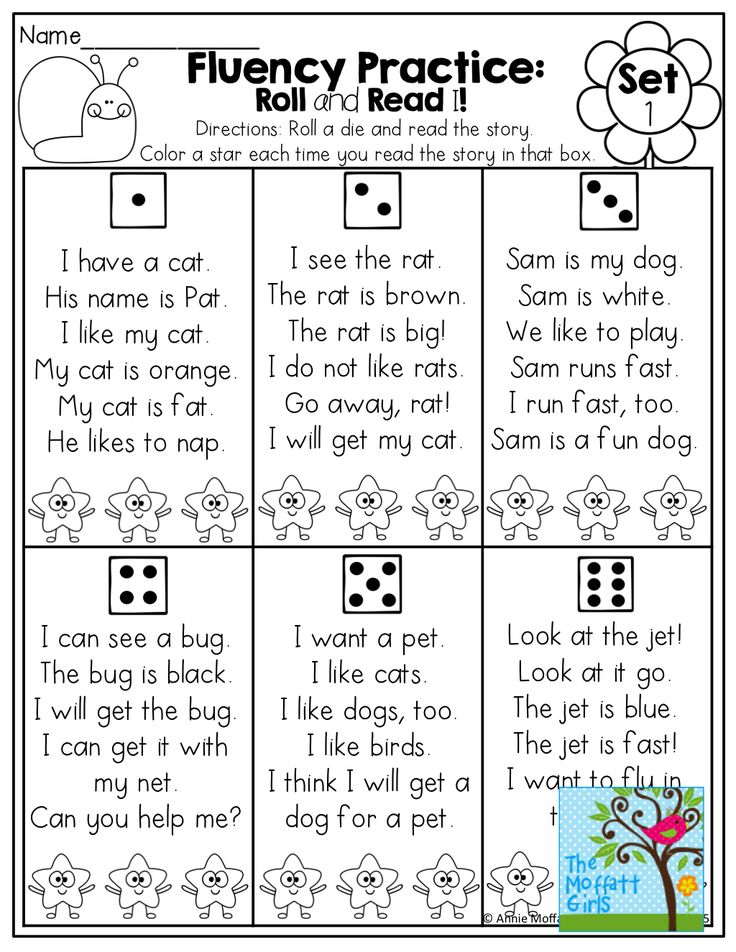 nine0004
nine0004
In psychology, such types of behavior since the time of C. G. Jung have been called extroverts and introverts . Given all of the above, these two types can still be compared to two very different animals: a hare and a tortoise. The main differences between them are in their sources of energy, its production, response to excitement and attraction to the breadth or depth of thinking.
7 books for those who love to learn: speed reading, memory and foreign languages
Usually in school we are taught according to the standard teaching method: you learn - you answer - you get a mark. And then, most likely, you forget what you learned. But there are other ways to learn. The blog of the Olympiad "I am a professional" has collected a selection of books that will help make studying not a boring necessity, but a truly interesting activity.
1. How to learn to learn, Ulrich Boser
The book explains that the process of learning is not limited to memorizing information, as we are sometimes told in school.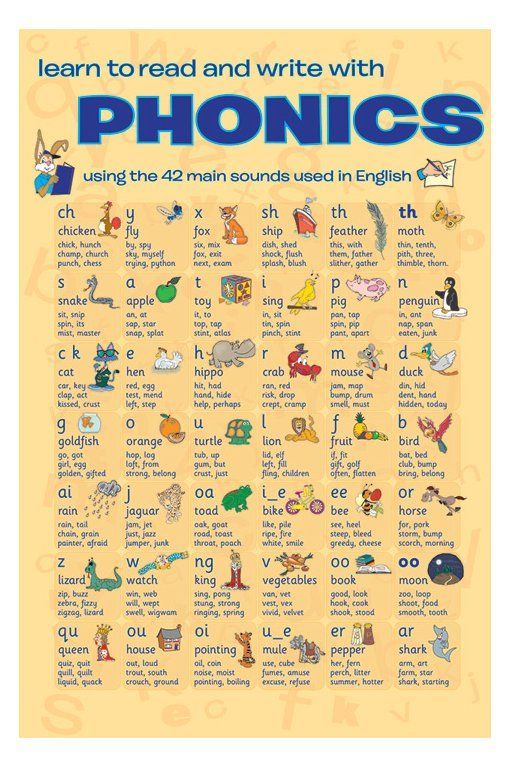 One cramming is not enough. The world is changing, and there is less and less need to memorize, because anything can be found in a minute from search engines. But what is really important is to be able to reformat your current skills and learn new ones. Here the authors explain how to achieve this. nine0004
One cramming is not enough. The world is changing, and there is less and less need to memorize, because anything can be found in a minute from search engines. But what is really important is to be able to reformat your current skills and learn new ones. Here the authors explain how to achieve this. nine0004
2. Hyperfocus by Chris Bailey
Multitasking is our reality. It is also the cause of procrastination and unfulfilled tasks. Here Chris Bailey explains that, according to neuroscience research, our brain can work in several modes - hyperfocus and creative. These modes can be "unlocked" and optimally use your abilities.
3. “Speed reading. How to remember more by reading 8 times faster, Peter Kamp
Speed reading is a useful skill that will help you absorb large amounts of information quickly and easily. Peter Kamp's book is a kind of self-instruction manual that will tell you how to increase the speed of reading and understanding information and what methods to train. nine0004
nine0004
4. How to Read, Remember, and Never Forget by Mark Tigelaar
Another step-by-step guide that will help you learn to read and remember information so that it stays with you for a long time. The author's method has been tested on thousands of students and helps to optimize the assimilation of new data.
5. “Brain Coaching” by Joseph O'Connor
At the heart of our training lies the ability of the brain, which, imagine, can also be trained and accustomed to certain patterns and habits. The book tells how to make the brain your ally in learning, using the achievements of neuroscience. nine0004
6. “Think like a mathematician. How to solve any problem faster and more efficiently, Barbara Oakley
If you are absolutely sure that you are a humanist, think again. The brain of each of us is adapted to calculations, and this, in turn, helps us learn, tune in to a working mood, learn new things, structure data. The book will not force you to solve equations, but it will definitely help you avoid the fear of mathematics and start looking at the world from the point of view of logic and using critical thinking.